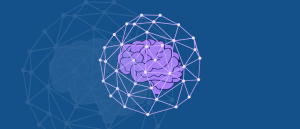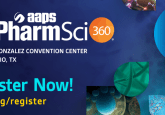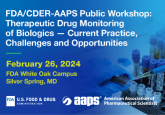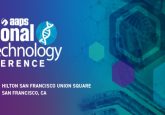AAPS 2025 Summer Scientific Forum round-up
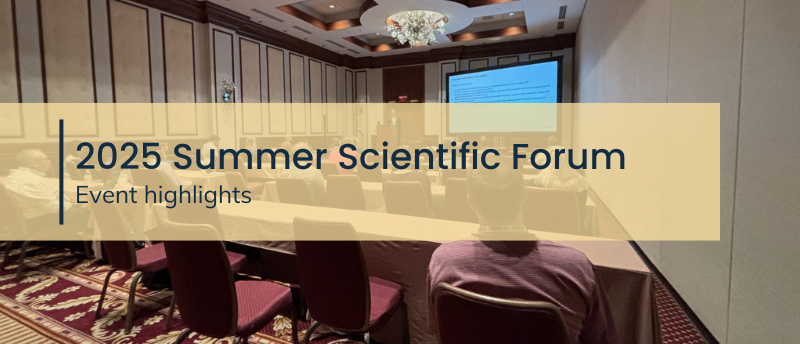
Authors: Lynn Kamen, Eric Munson, Mark Wissel, Beata Sweryda-Krawiec
The AAPS Summer Scientific Forum, held 14–17 July in Indianapolis (IN, USA), featured two main tracks: the bioanalytical track and the pharmaceutical analysis track. The bioanalytical track featured robust discussions on immunogenicity, RNA therapeutics and advanced modalities, and the pharmaceutical analysis track highlighted the relationship between patient safety and impurities, analytical method transfers between companies and countries, new techniques for pharmaceutical analysis, and strategy studies for accelerating analytical development.
Bioanalytical track
Common themes in this track included challenges in ADA assay design, RNA-based drug safety, and analysis techniques for bispecific antibodies. Sessions on pre-analytics emphasized best practices in sample handling and logistics, while other sessions explored the complexities of oligonucleotide bioanalysis and antibody-oligonucleotide conjugates. AI remains a topic of interest, notably the integration of AI and automation in technical writing and data processing, something seen as a transformative force in accelerating drug development.
Pharmaceutical analysis track
Within the pharmaceutical analysis track, two sessions were especially insightful.
Ensuring patient safety through analytical control of impurities across modalities: This session covered impurities arising from a variety of sources, emphasizing the need to characterize the total amount of impurities present. Stress testing was showcased as a potential quantification tool, as the total amount of drug substance plus impurities in a stability study often will not add up. Additionally, 100 X-ray fluorescence spectroscopy was another tool recommended. Another speaker used a case study to illustrate why it is critical to understand the effects of extractables and leachables from packaging. Another session in this track examined the benefits and challenges of different methods to identify oxidation impurities in monoclonal antibodies.
Recent developments in techniques for pharmaceutical analysis: This session highlighted innovative analytical strategies addressing the evolving needs of drug development and manufacturing for both small molecules and biopharmaceuticals. A key theme was the growing role of enzymatic processes, particularly in small molecule manufacturing, and the associated analytical challenges. Two speakers focused on residual enzyme detection, presenting new universal methods compatible with organic matrices, and then shared case studies from drug discovery and late-stage development of enzyme-catalyzed active pharmaceutical ingredients, underscoring the regulatory and technical complexities. In the biopharmaceutical space, speakers also explored novel analytical tools to support formulation development and quality control.
One presentation introduced a low-volume, broad-shear viscometry platform that enables early-stage viscosity assessments of high-concentration protein formulations, while another showcased the implementation of automated, high-throughput workflows for quantifying residual host cell DNA, significantly improving efficiency and reproducibility. The session concluded with an engaging panel discussion where speakers and attendees shared practical insights and experiences, fostering a cross-disciplinary dialogue on how analytical innovation can keep pace with increasingly complex synthetic routes and diverse therapeutic modalities. Together, the talks reinforced the critical role of fit-for-purpose analytical methods in advancing drug development and ensuring product quality.
How AI is Reshaping Compliance with Smart Bioanalytical Validation
After presenting at the AAPS Summer Scientific Forum 2025, Regulatory Compliance Specialist Srividya Narayanan sat down with us to take a deep dive into her talk.
Joint session on the relationship between impurities and immunogenicity
The final day of the conference concluded with a joint session exploring the relationship between impurities and immunogenicity, and how both bioanalytical and pharmaceutical approaches can enhance the understanding of immunogenicity’s impact on drug products. The field has recently shifted away from attempting to predict immunogenicity toward adopting a more balanced risk assessment approach. A recurring theme throughout the session was the role of impurities in driving immunogenic responses and the variety of assays used to evaluate their effects.
About AAPS
American Association of Pharmaceutical Scientists (AAPS) is a non-profit association of more than 7000 scientists and professionals employed in academia, industry, regulatory and other research related to the pharmaceutical sciences worldwide. Its mission is to advance the capacity of pharmaceutical scientists to develop products and therapies that improve global health, which members pursue through four peer-reviewed journals and a variety of events in person and online.

